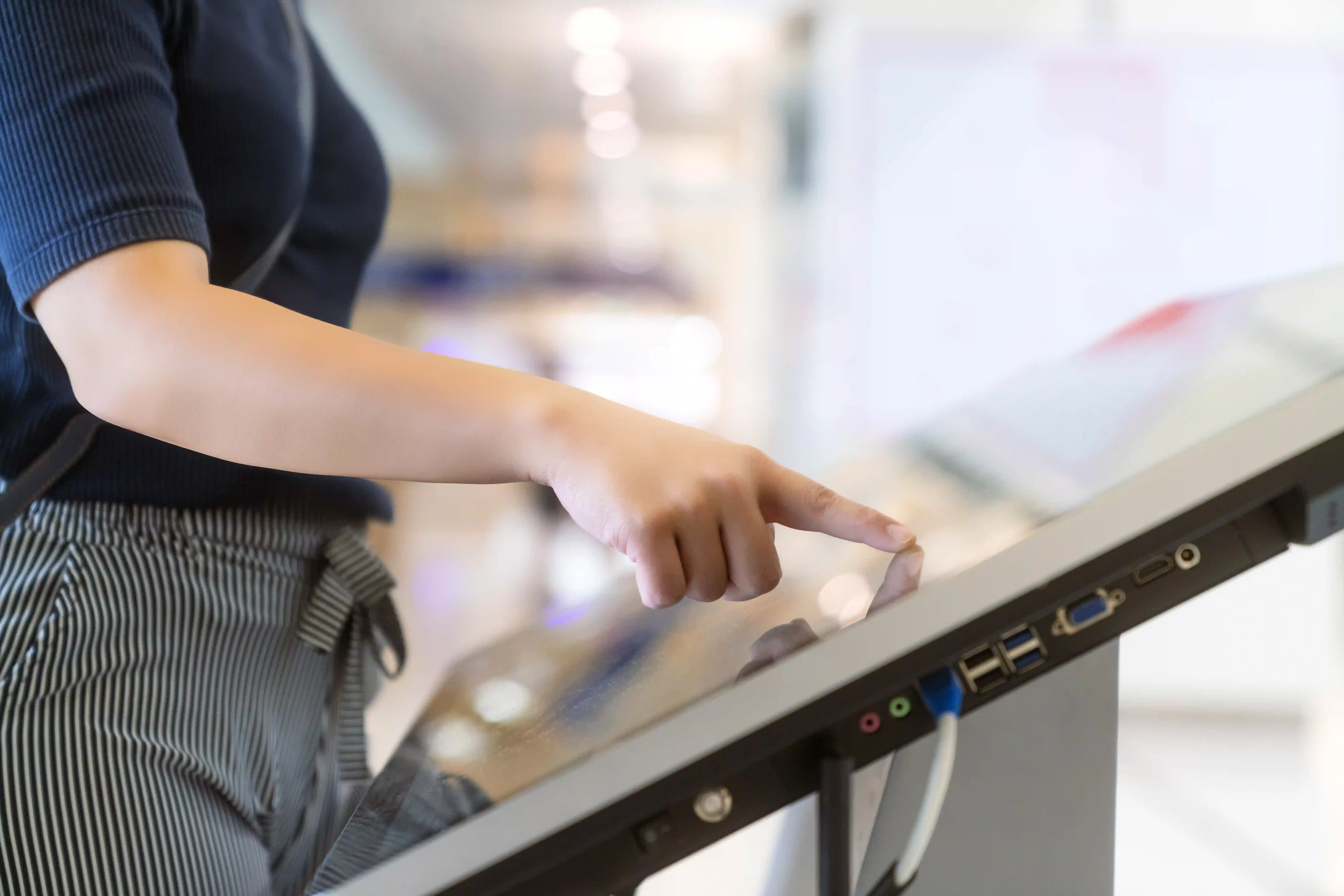
By: Amelia Qusnina-Tim Editorial Stamps

If you’ve ever ordered food through a screen at a fast-food restaurant, checked in at the airport by yourself, or paid bills at a mall without waiting in line that’s what we call a kiosk.
Simply put, a kiosk is a self-service machine or service point that lets customers complete transactions without direct help from staff.
Originally, a kiosk referred to a small booth or retail stand. But today, the meaning has expanded it’s now part of digital transformation in many industries, from retail and restaurants to banking and public services.
Modern lifestyles are fast-paced, and people want things done quickly and independently. That’s exactly where kiosks come in.
According to Fact.MR (2024), the global kiosk market reached USD 29.45 billion in 2024 and is projected to grow to USD 71.02 billion by 2034 an impressive 9.2% annual growth rate (CAGR).
In fact, over 60% of customers in the U.S. prefer using self-service kiosks instead of waiting in line for staff assistance. The reason is simple: it’s faster, more efficient, and more convenient.
Kiosks come in many types, depending on the business. Here are some of the most common ones you’ll see:
All of these kiosks share one main goal: to make service faster, easier, and more efficient for customers.
So, why are so many businesses switching to kiosks? Here are a few key reasons:
Of course, kiosks also come with challenges that businesses should prepare for:
Still, when managed well, kiosks can bring strong long-term returns especially as more consumers get used to doing things on their own.
In short, a kiosk is a smart, self-service solution that helps businesses deliver faster and more modern customer experiences.
As lifestyles become increasingly digital, kiosks are turning into an essential tool to cut costs and improve efficiency not just a passing trend.
With a steady growth rate of over 9% per year, it’s clear that the kiosk is not just part of today’s business it’s shaping the future of customer service.
